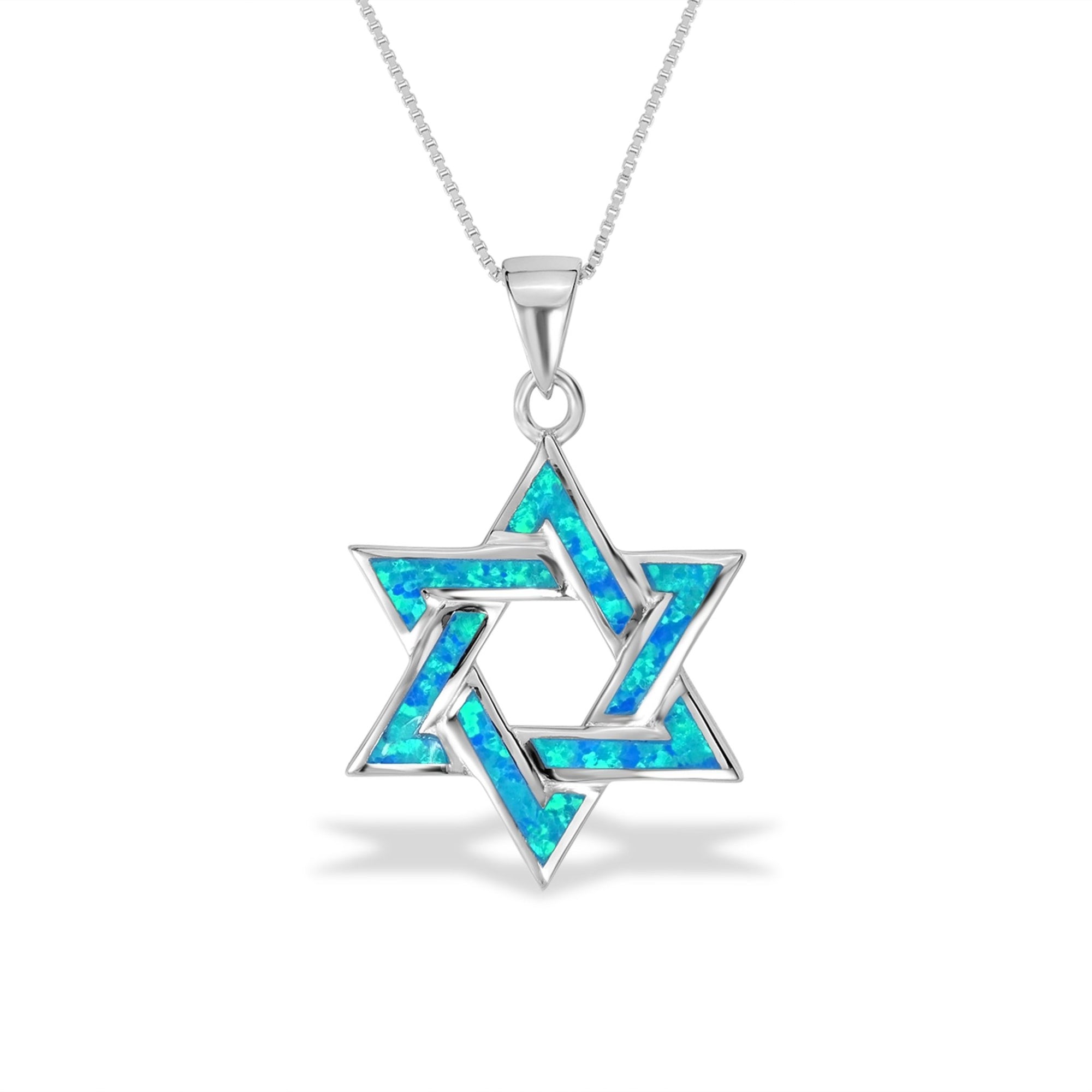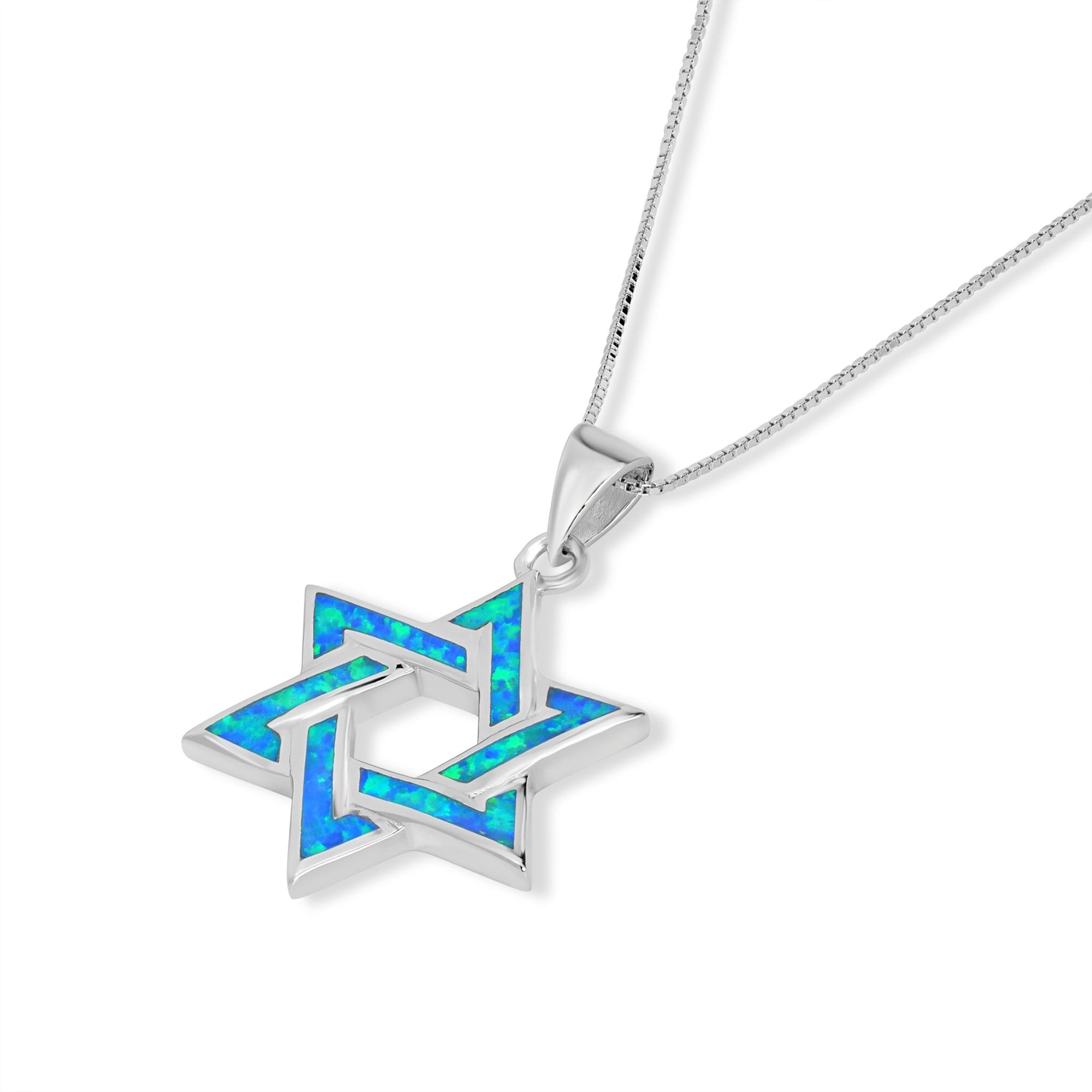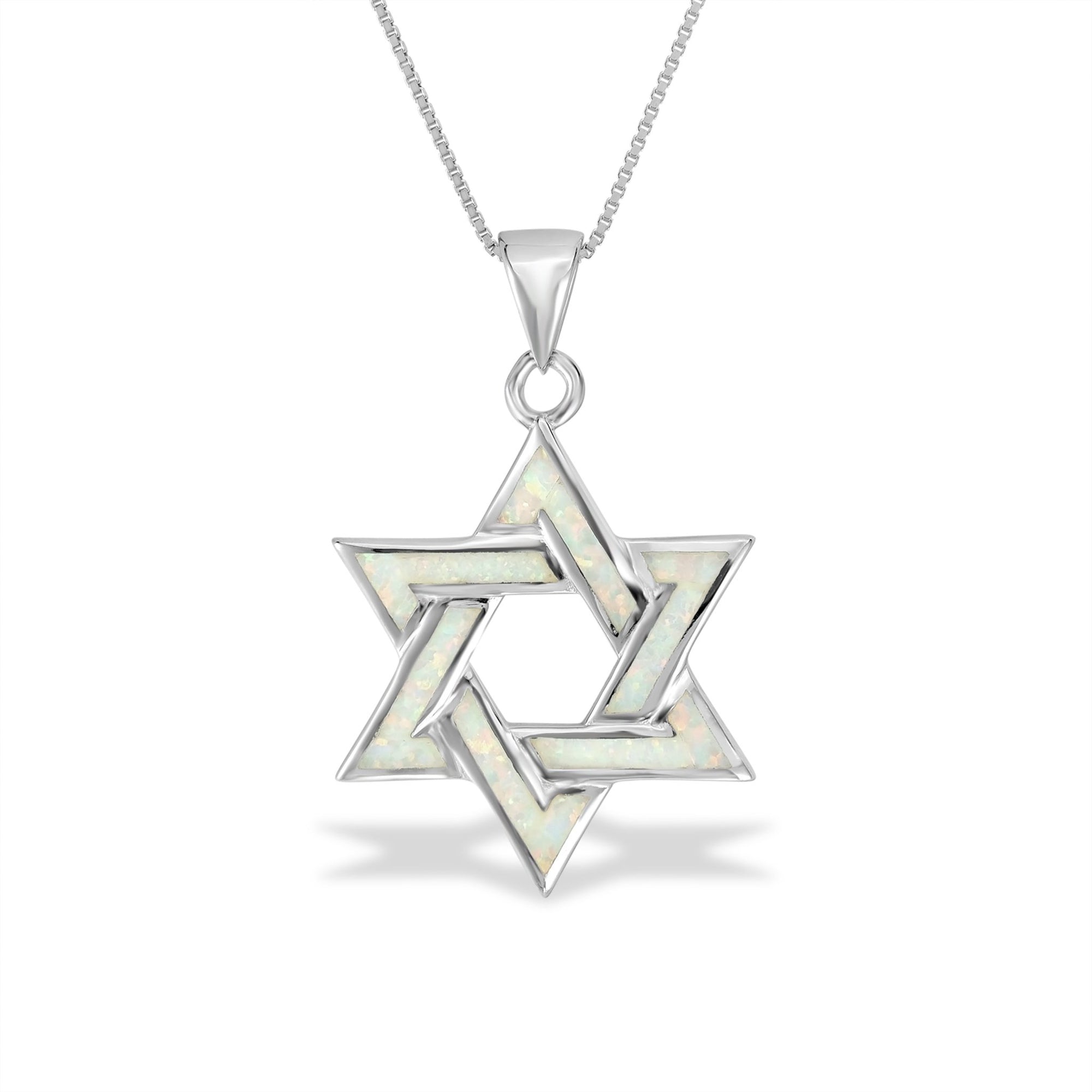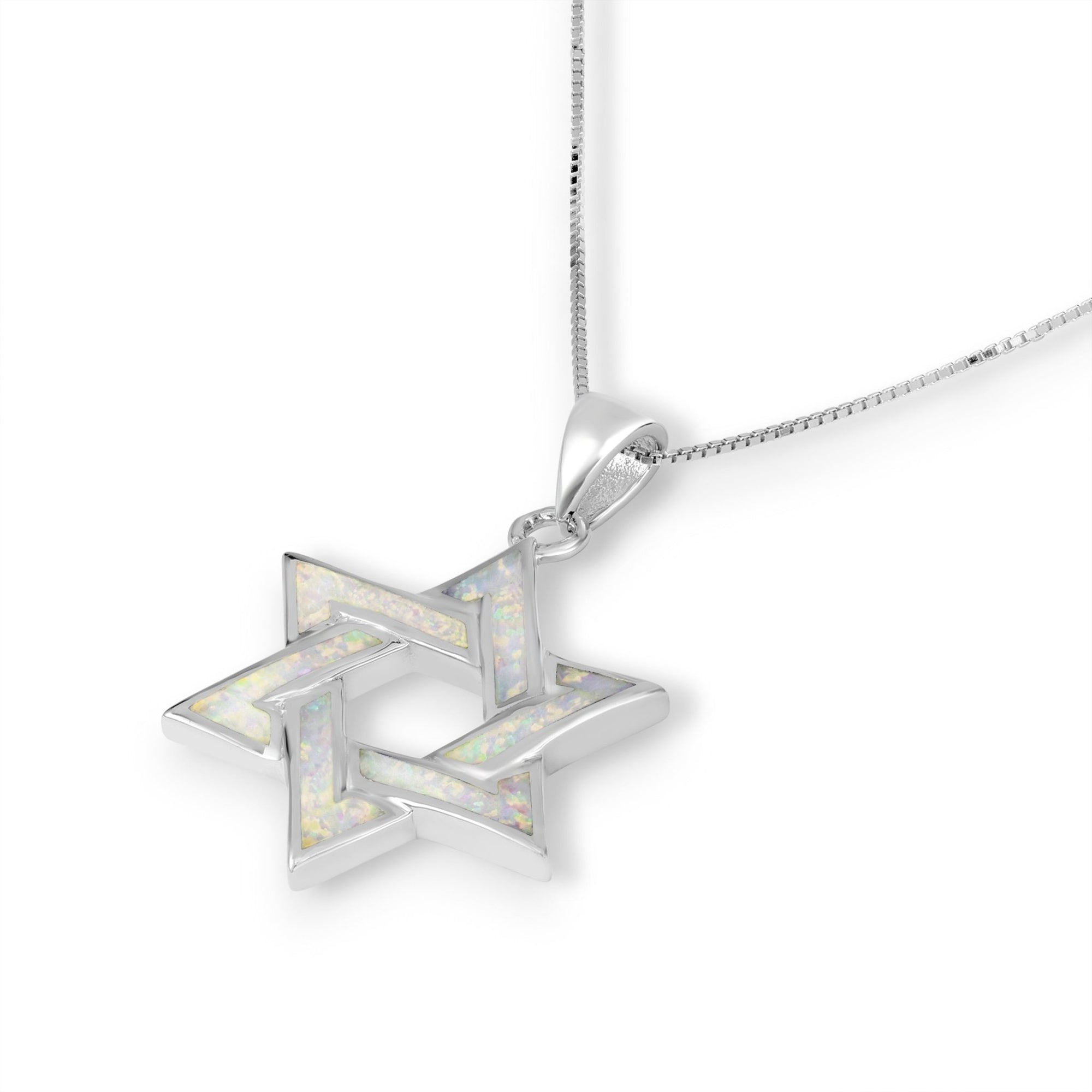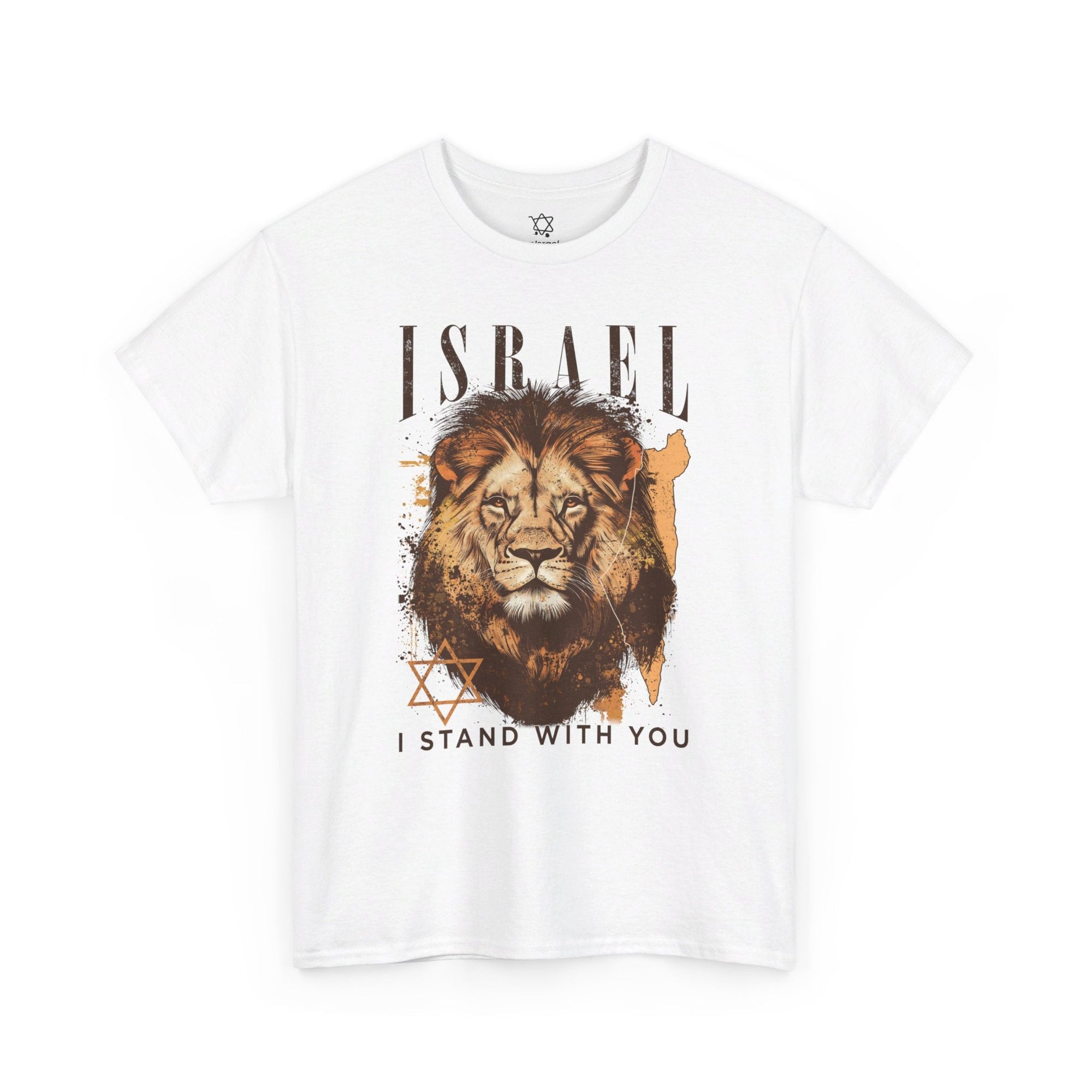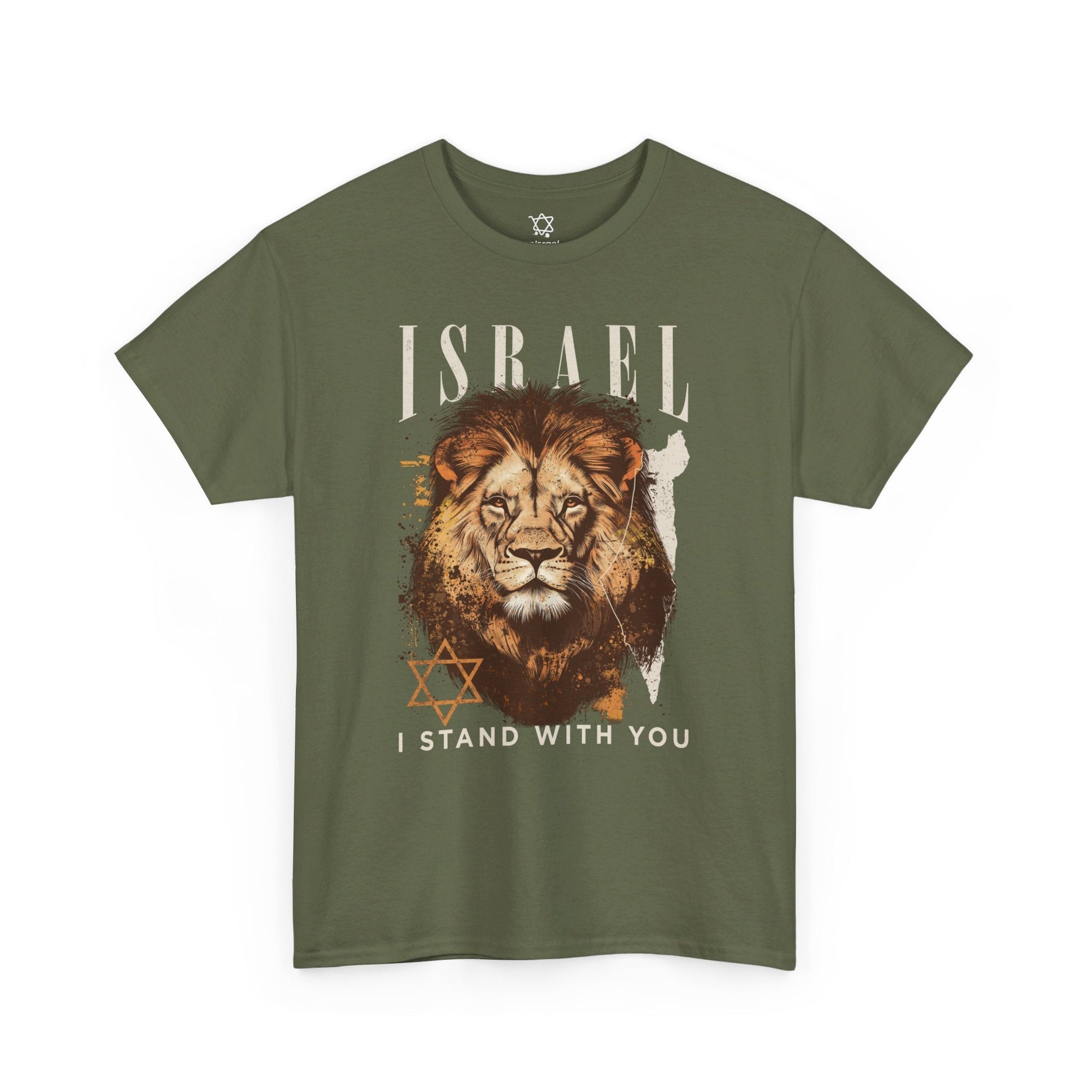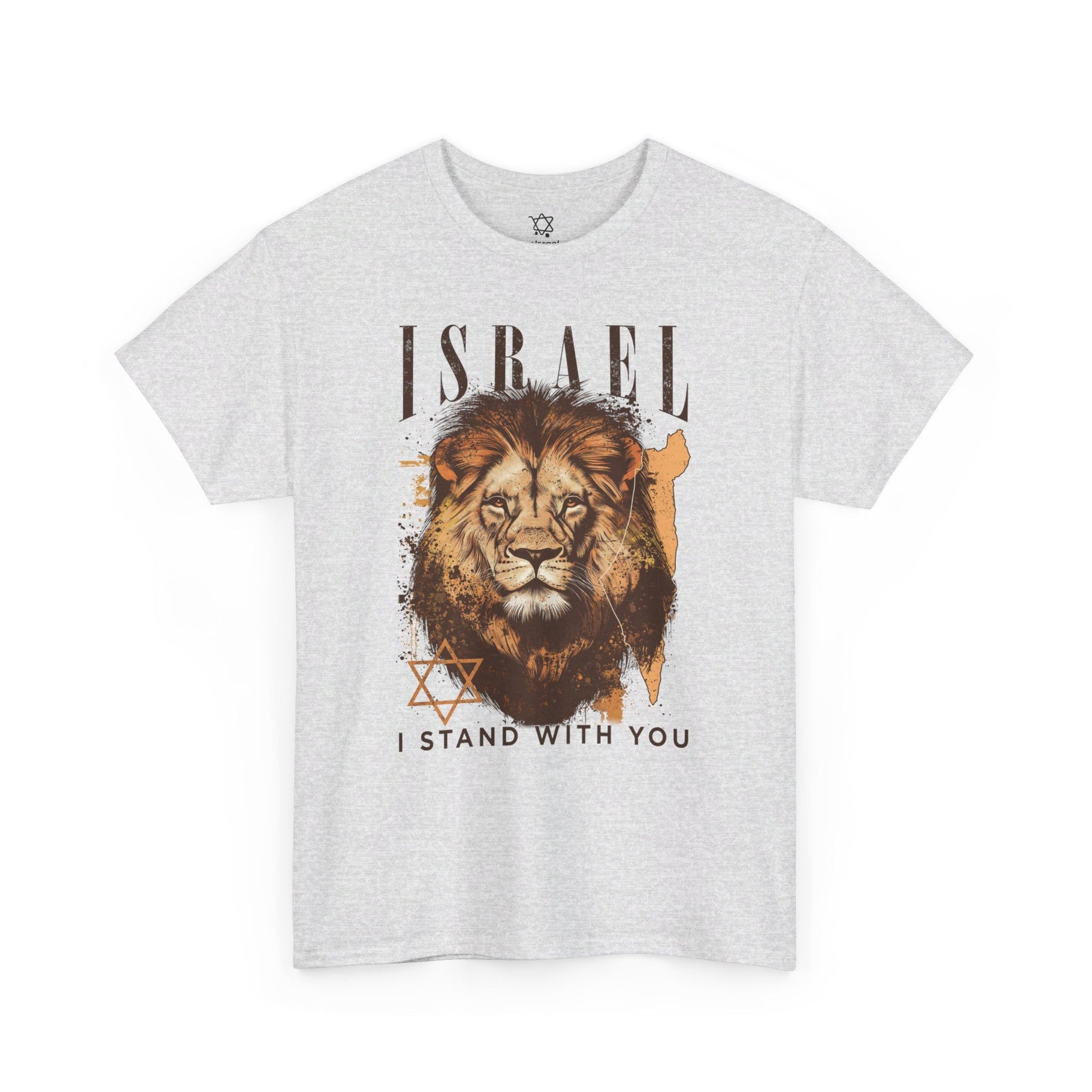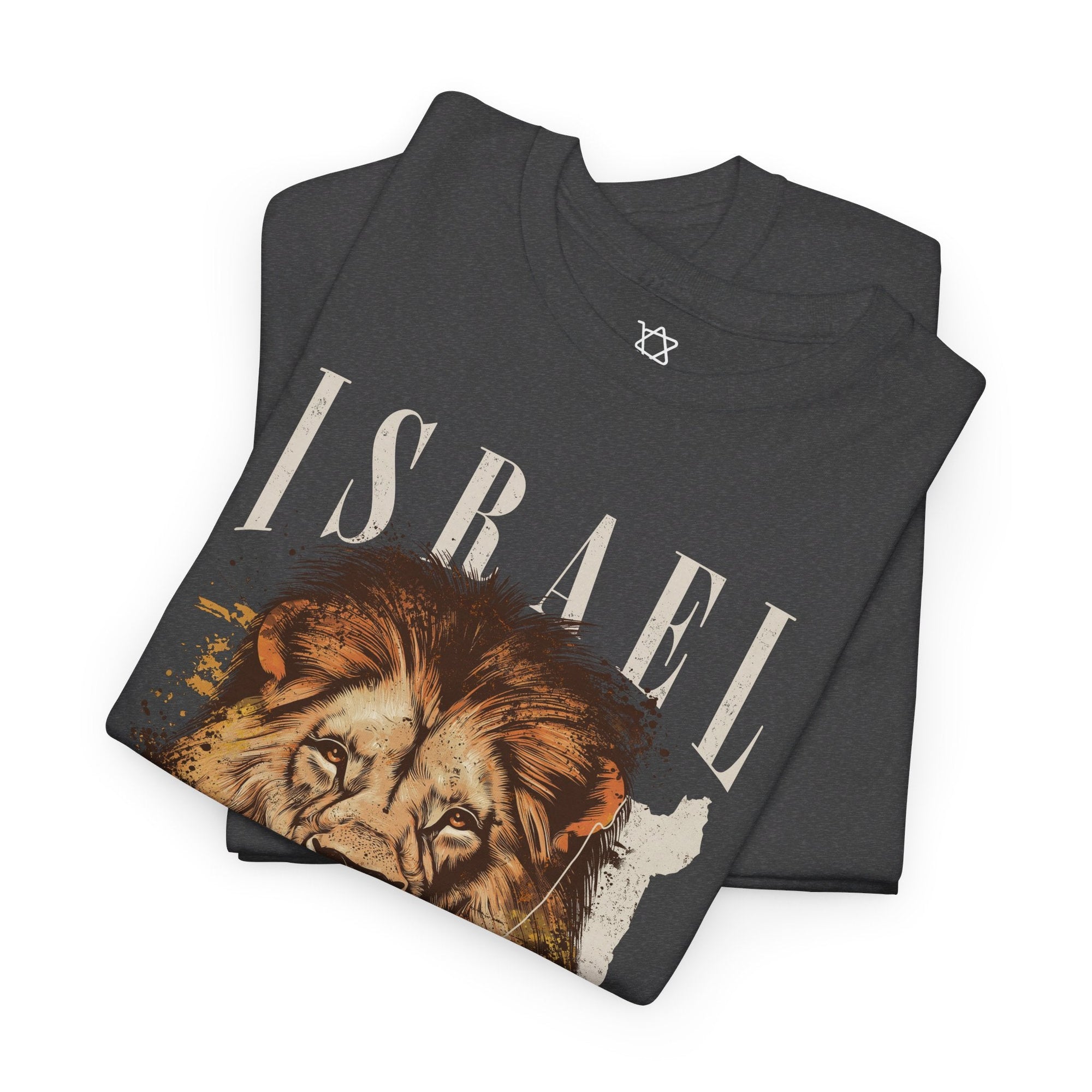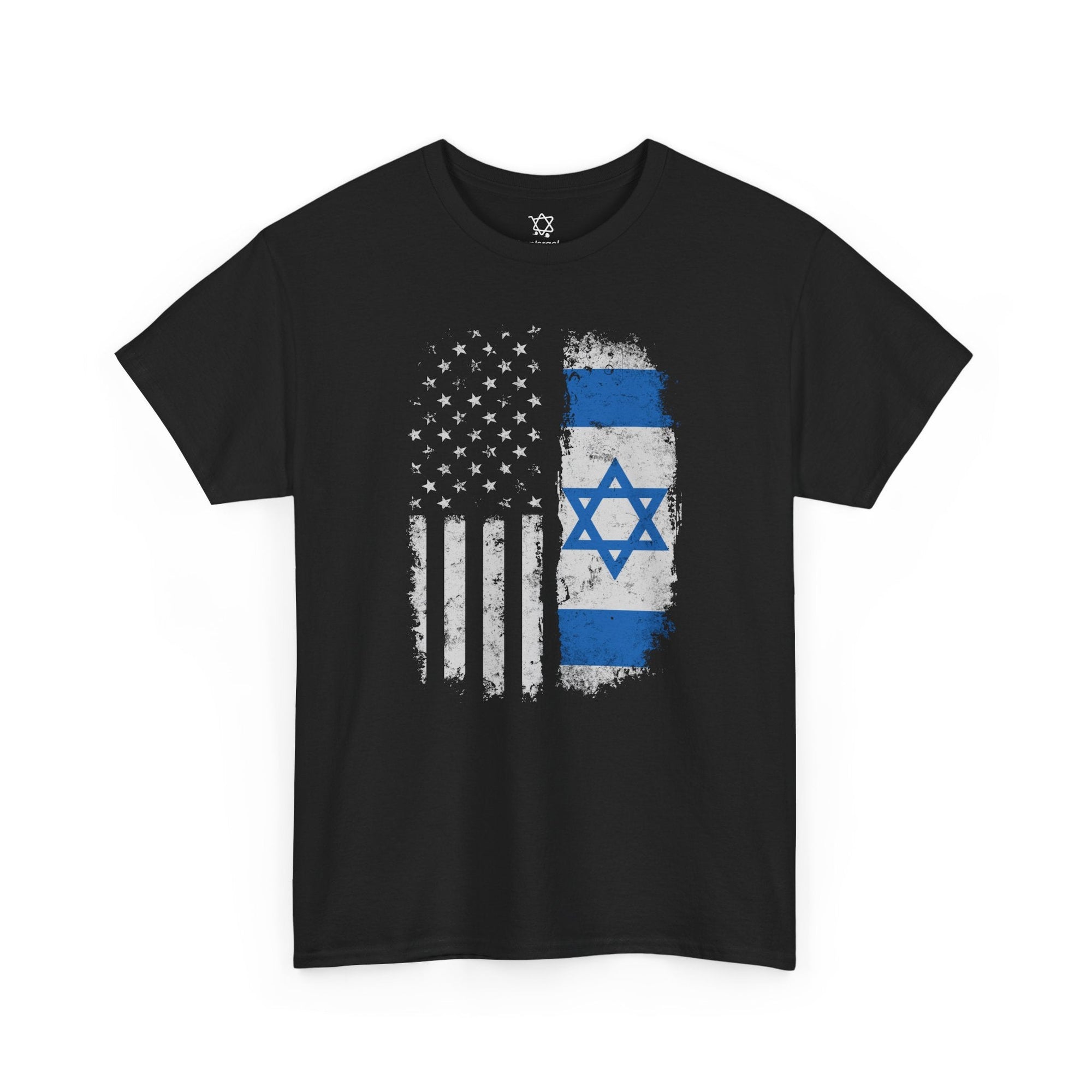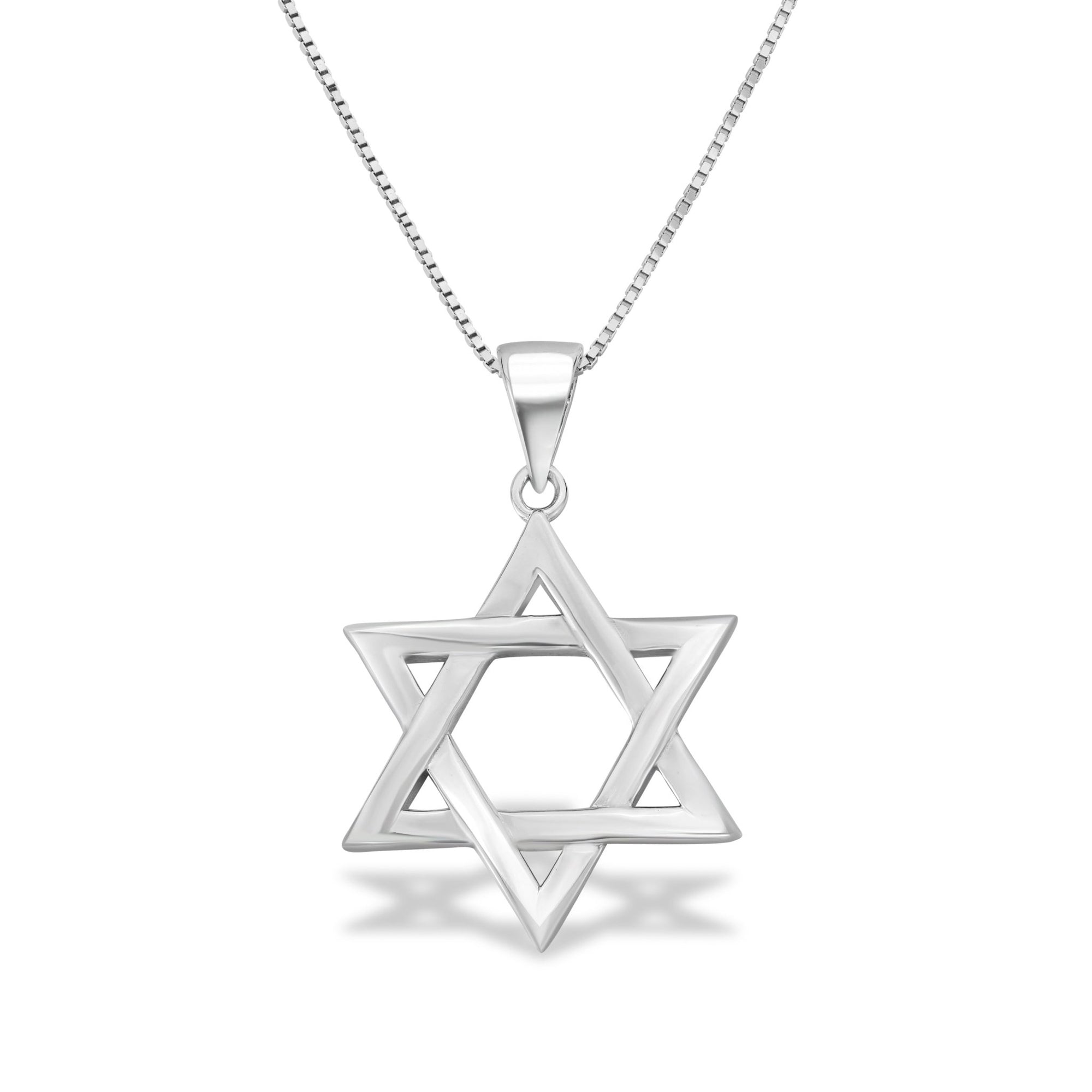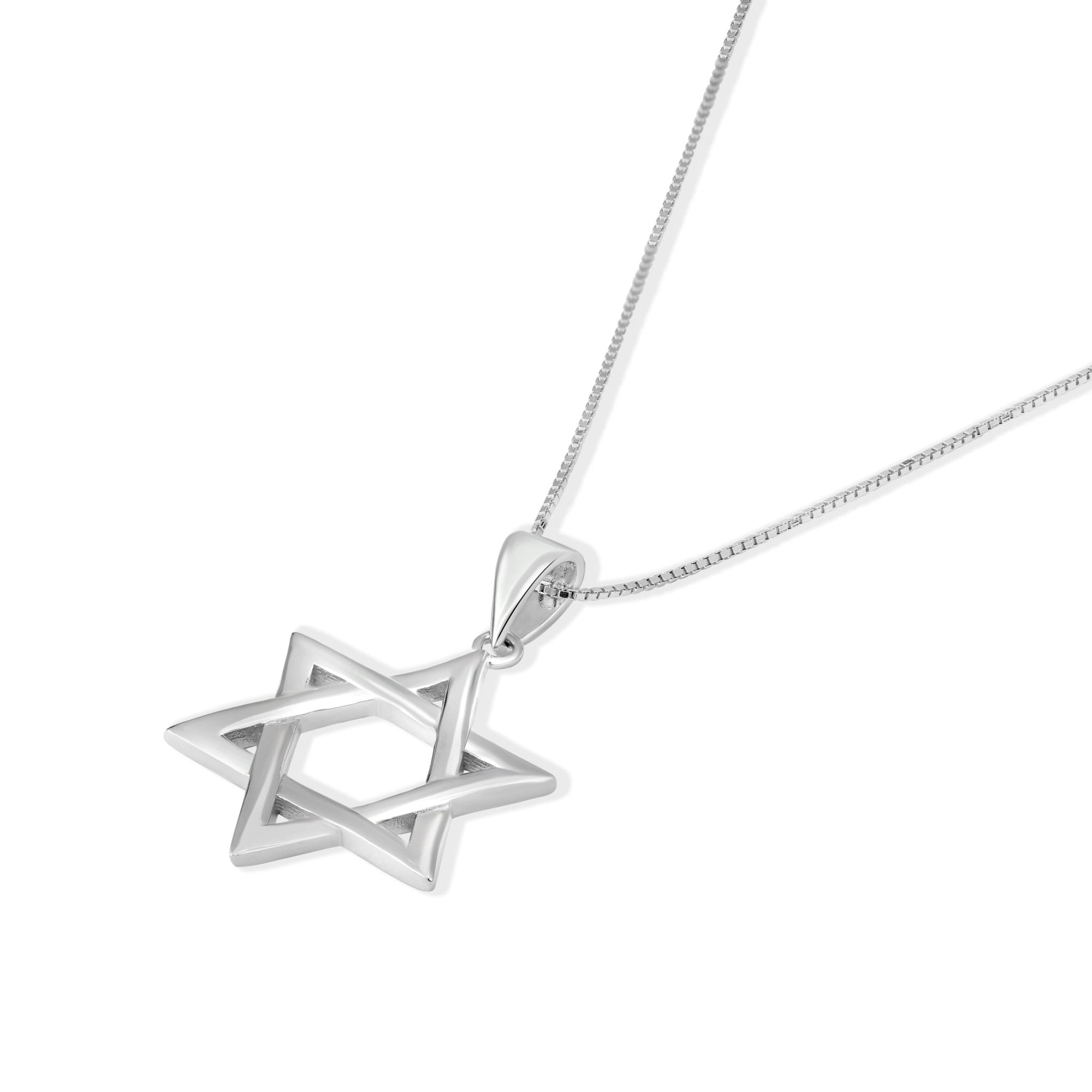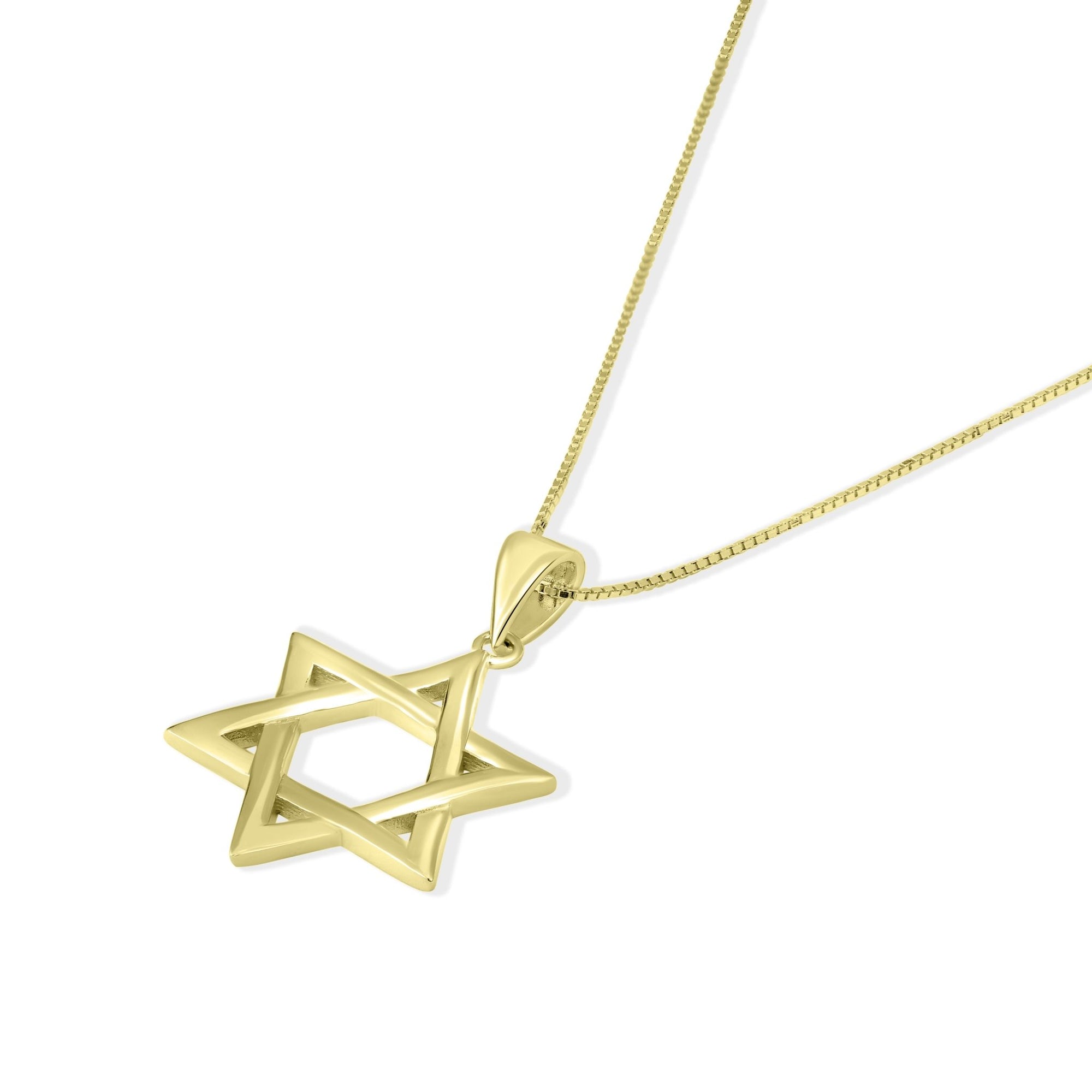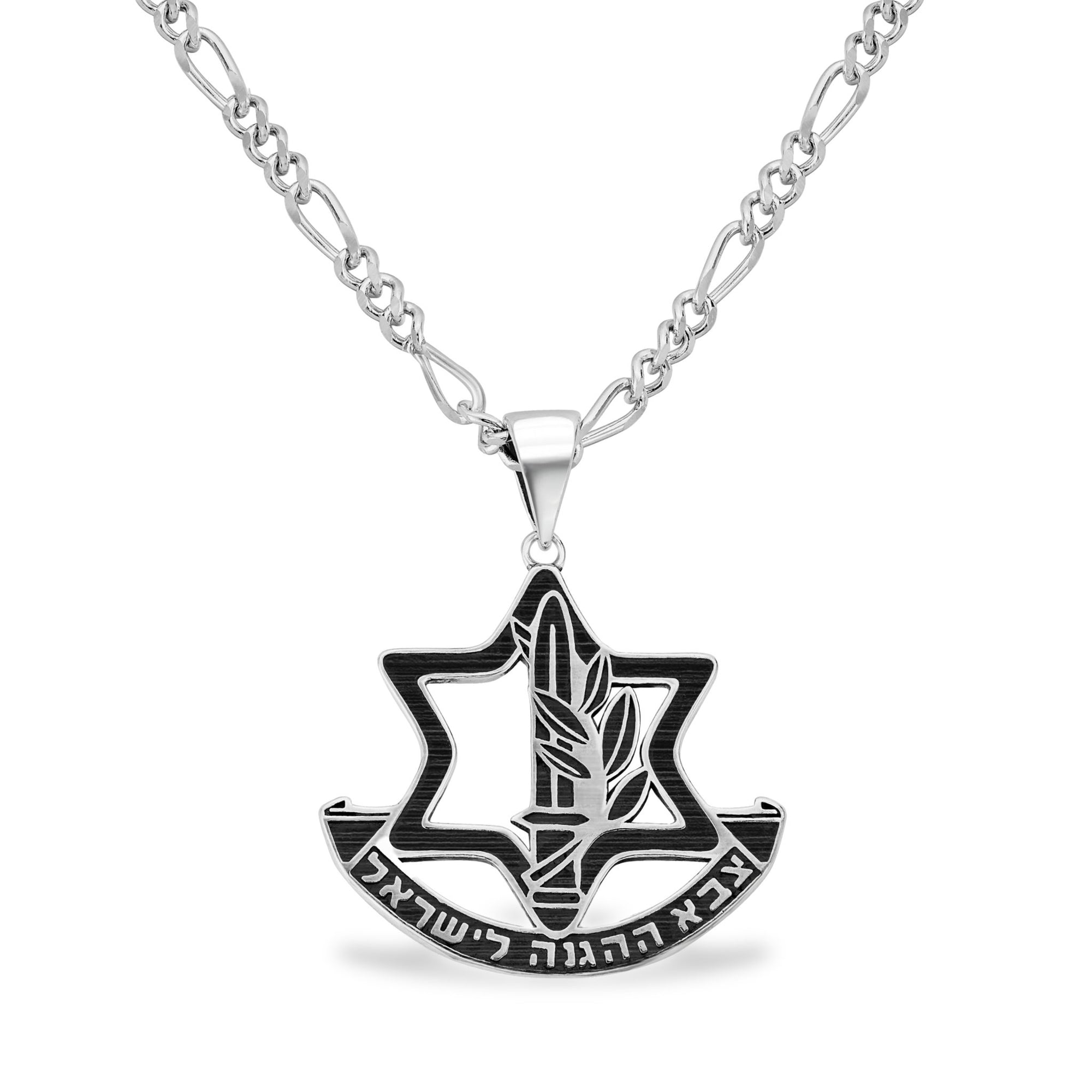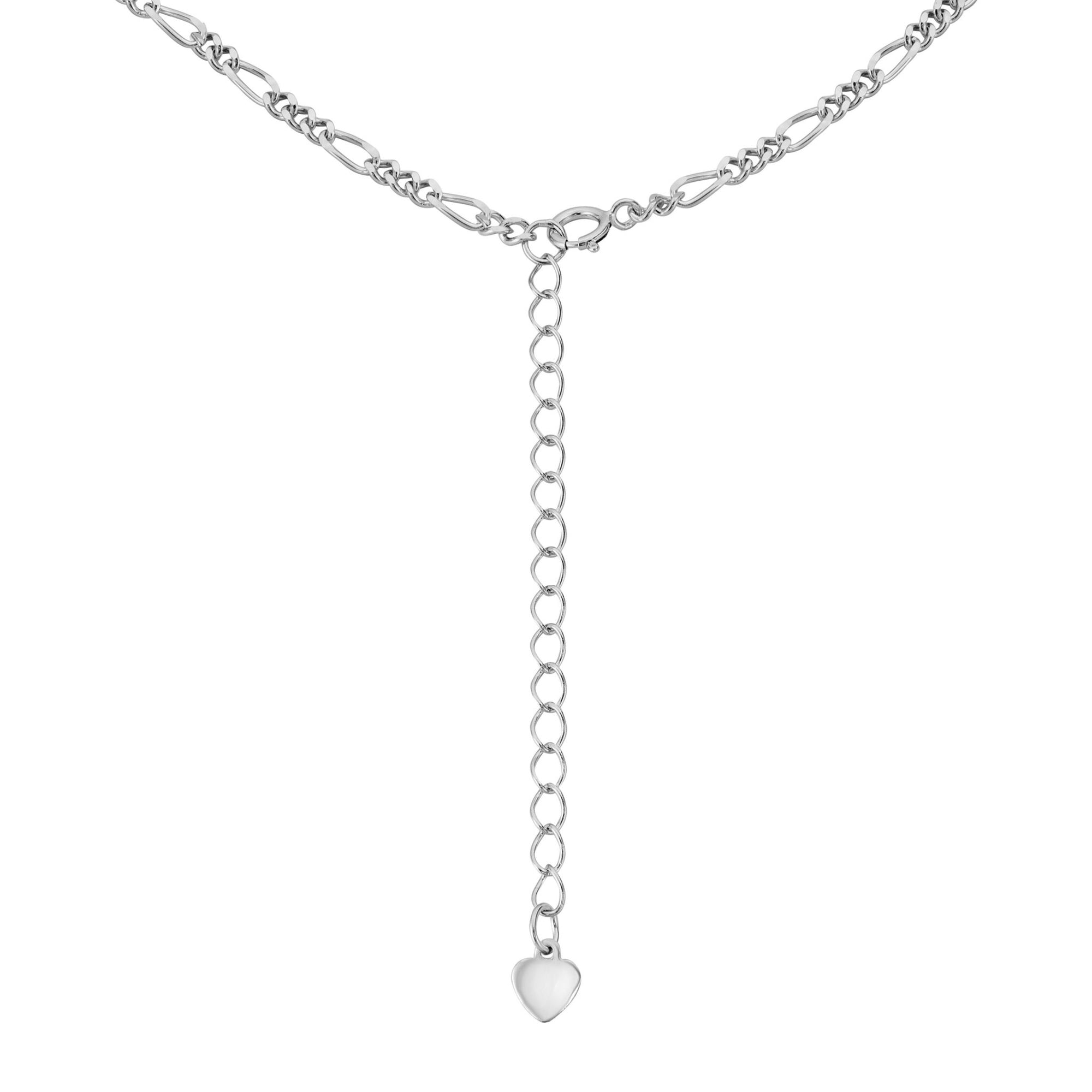The Star of David: More than Just a Symbol
The Star of David, also known as Magen David or Shield of David, is a powerful emblem deeply rooted in Jewish history, spirituality, and identity. This six-pointed star, made of two interlocking equilateral triangles, transcends its geometric simplicity to encompass layers of meaning. Featured prominently in Jewish art, architecture, and cultural expression, it has also become a cherished motif in jewelry artwork. This narrative explores the multifaceted importance of the Star of David in jewelry, tracing its origins, symbolism, cultural significance, and diverse artistic expressions.
Historical Origins and Evolution of the Star of David
What are the historical origins and early uses of the Star of David?
The Star of David, also known as the Magen David or Shield of David, is a hexagram formed by two overlapping equilateral triangles. Its precise origins remain unclear, but its use in Jewish contexts dates back to at least the 3rd century CE. Early appearances include synagogue architecture, tombstones, and manuscripts where the symbol was featured as a decorative motif (Star of David, national flag of Israel symbol, Jewish identity symbol, hexagram shape, two equilateral triangles, Jewish historical symbol, 3rd-4th century synagogue symbol, 11th-century Hebrew manuscripts, 19th-century Jewish symbol, Zionism symbol, First Zionist Congress 1897, Shield of David, King David association, Central European Jewish symbol, 14th-15th century Jewish flags and seals, Holocaust yellow Star of David, Jewish religious use of Star of David, Magen David Adom symbol, modern Jewish cultural symbol, Jewish national pride).
The name "Magen David" first appears in 12th-century Karaite documents, linking the symbol to King David, although the six-pointed star shape was not always directly associated with him in early texts. By the 13th century, the Star of David showed up on Jewish coins, marking its growing significance (Star of David meaning, Magen David symbol, Jewish identity symbol, Origins of the Star of David, King David's battle shield, Star of David in ancient coins, Adoption in Europe, Jewish symbol in Prague 1592, First Zionist Congress symbol, Star of David on Jewish homeland flag, Israeli flag symbolism, Jewish prayer shawl tallit, Kabbalistic meanings of Star of David, God's rule symbolism, Unity of Jewish people, Holocaust symbolism, Jewish resilience and hope, Star of David in religious items, Jewish jewelry symbolism, Zionism and Star of David, State of Israel symbol, Jewish sovereignty and independence).
During the 14th and 15th centuries, Jewish communities in Central Europe began using the star on flags and seals, indicating its role as a communal emblem. In the 19th century, Jewish communities across Eastern Europe widely adopted the Star of David as a symbol of identity (Star of David, Magen David, Jewish identity symbol, Origins of the Star of David, King David's battle shield, Star of David in ancient coins, Adoption in Europe, Jewish symbol in Prague 1592, First Zionist Congress symbol, Star of David on Jewish homeland flag, Israeli flag symbolism, Jewish prayer shawl tallit, Kabbalistic meanings of Star of David, God's rule symbolism, Unity of Jewish people, Holocaust symbolism, Jewish resilience and hope, Star of David in religious items, Jewish jewelry symbolism, Zionism and Star of David, State of Israel symbol, Jewish sovereignty and independence).
A major milestone was the adoption of the Star of David as the emblem of Jewish identity and Zionism at the First Zionist Congress in 1897. This solidified its status, which culminated in its inclusion on the flag of Israel when the state was established in 1948.
Thus, the Star of David evolved from a decorative symbol to a powerful emblem of Jewish identity, faith, and nationhood over centuries of cultural and religious development.
Symbolic Meanings Embedded in the Star of David
What does the Star of David symbolize in Jewish tradition and mysticism?
The Star of David or Magen David is composed of two interlocking equilateral triangles pointing in opposite directions. This design symbolizes the union of opposing forces—such as heaven and earth, divine and human, or fire and water—reflecting a balanced harmony in the universe (Star of David Necklace Meanings).
Each of the star’s six points represents one of the six directions where divine presence is believed to exist: north, south, east, west, up, and down. This emphasizes God's omnipresence and protection in all dimensions (Star of David).
In Kabbalistic tradition, the star embodies the connection and balance between spiritual and material worlds, as well as the link between past, present, and future. The overlapping triangles signify interactions between divine wisdom and earthly experience, symbolizing unity amidst duality (Kabbalistic Interpretation of Star of David.
Beyond mysticism, the Star of David is a powerful emblem of Jewish faith and identity. It reflects core values such as protection, providence, wisdom, and unity. Wearing or displaying the star serves as a reminder of the deep, continuing bond between the Jewish people and their enduring heritage (Jewish identity symbol).
The Star of David as a Cultural and National Emblem

How did the Star of David become a national and cultural symbol for Jews and Israel?
The Star of David, known in Hebrew as Magen David or "Shield of David", was officially adopted as a unifying emblem of Jewish nationalism at the First Zionist Congress in 1897. This adoption marked a turning point, transforming the symbol from a religious and mystical icon into a powerful representation of Jewish identity and nationhood. The symbol was later emblazoned on the flag of Israel in 1948, cementing its status as a national emblem that represents the Jewish people and their aspirations for sovereignty.
What role did the Star of David play during the Holocaust?
During World War II, the Nazis forced Jews to wear a yellow Star of David badge stamped with the word "Jude" to identify and stigmatize them. This tragic use of the symbol turned it into a mark of persecution and suffering, representing the horrific discrimination and violence targeted at the Jewish community. Despite this dark chapter, the Star of David also became a symbol of resistance and resilience, embodying Jewish strength and perseverance in the face of oppression.
How is the Star of David a symbol of resilience, identity, and pride?
After the Holocaust, the Star of David took on new meaning as a global symbol of Jewish resilience, cultural heritage, and pride. It represents an unbroken chain of Jewish tradition and identity, spanning centuries of history. Today, the Star of David is widely embraced by Jewish communities worldwide as a sign of faith, protection, and cultural unity. Its presence in synagogue architecture, religious art, and personal jewelry continues to symbolize the enduring spirit and solidarity of the Jewish people, serving both as a reminder of past struggles and a beacon of hope for the future.
Star of David in Jewelry: Expressions of Faith and Identity
What roles does Star of David jewelry play in expressing faith and identity?
Star of David jewelry, including necklaces, rings, and earrings, serves as a powerful symbol of Jewish identity and cultural identity. These pieces are often worn to express personal connection to Jewish heritage, divine protection, and spiritual resilience. For many, wearing this jewelry signifies pride in their beliefs and community, reinforcing a sense of belonging and continuity.
Jewelry featuring the Star of David is more than mere decoration; it acts as a wearable badge of cultural pride and faith. Commonly gifted during important life events such as Bar and Bat Mitzvahs, Hanukkah, and birthdays, these pieces celebrate both spiritual milestones and personal identity.
Materials and Design Variations
Star of David jewelry comes in a wide variety of styles and materials, catering to diverse tastes and traditions. Classic pieces often use gold or silver, valued for their timeless elegance and cultural significance. Modern designs may include 3D shapes, intricate filigree, or gemstone embellishments such as diamonds or sapphires.
Men’s jewelry tends to be bold and sizable, while women’s styles might be more delicate or ornate. Some designs incorporate other symbols like the Tree of Life or Hebrew inscriptions, adding deeper layers of meaning. Whether simple or elaborate, Star of David jewelry continues to be a meaningful and stylish portrayal of faith and identity.
Design Styles and Material Significance in Star of David Jewelry
Traditional versus modern designs
Star of David jewelry displays a rich variety of styles catering to diverse tastes and occasions. Traditional designs embrace the classic geometric shape of the six-pointed star, often featuring simple, symmetrical lines that highlight the symbol's historic and spiritual importance. These designs are timeless and frequently worn for daily use or religious ceremonies.
Modern interpretations introduce minimalist forms, asymmetrical angles, and artistic variations such as curved or textured stars. Some contemporary pieces incorporate additional Jewish symbols, like the Chai symbol in Jewish jewelry or the Hamsa, to deepen their cultural and spiritual resonance. These designs tend to appeal to younger audiences or those seeking a stylish yet meaningful accessory.
Symbolic and aesthetic elements
The symbolic meaning of the Star of David is reflected in subtle aesthetic details across jewelry designs. Intricate filigree work and engraved patterns emphasize craftsmanship and connection to Jewish heritage. The blending of symbols like the Star of David and tree of life or Hebrew inscriptions can personalize the message of protection, faith, and identity. Men's styles often favor bold, sizable pendants, projecting strength and resilience; women's designs lean toward daintier, ornate pieces expressing grace and tradition.
Material choices: gold, silver, gemstones
Material selection in Star of David jewelry carries both symbolic and practical significance. Gold, available in yellow, white, or rose tones, is preferred for milestone gifts such as Bar or Bat Mitzvahs, Hanukkah, and birthdays, representing value, celebration, and sacredness. Silver offers a historic touch suitable for everyday wear, prized for its classic shine and affordability.
Jewelry enhanced with precious gemstones—including diamonds, sapphires, and rubies—not only boosts visual appeal but also adds layers of meaning like prosperity, spiritual energy, and clarity. These adornments often mark special occasions or elevate the spiritual symbolism embedded in the star's form.
Together, the choice of style and materials allows wearers to express a personal connection to their faith, heritage, and identity while honoring the Star of David's enduring significance.
The Star of David Beyond Judaism: Cross-Cultural Symbolism and Adoption

How is the Star of David perceived and used outside Jewish tradition?
The Star of David, while deeply rooted in Jewish history and culture, extends its influence beyond Judaism. The hexagram—the six-pointed star—has appeared across various religions such as Hinduism, Christianity, Islam, and Buddhism. In these traditions, the shape often symbolizes divine connection, spiritual harmony, and cosmic balance.
This broad presence highlights the Star of David as more than a Jewish emblem; it acts as a universal symbol embodying protection and spiritual energy. Its geometric form represents unity and the interconnectedness of all creation.
Use in other religions and cultures
In Hinduism, the hexagram may be linked to the cosmic union of male and female principles, resembling the harmonious balance of opposing forces. Islamic mysticism sometimes embraces the symbol for its geometric beauty and spiritual meaning. Christian iconography has also incorporated similar star shapes to represent divine protection.
These cross-cultural appearances showcase how a shared symbol can hold diverse spiritual and cultural significance, as discussed in the Star of David symbolism and history.
Symbolism of divine connection and spiritual energy
The overlapping triangles signify the relationship between heaven and earth, the divine reaching downward, and humanity aspiring upward. This interplay portrays the flow of spiritual energy and divine presence in all directions, symbolizing completeness and protection.
The Star of David’s mystical dimension in Kabbalah reinforces this connection, emphasizing unity between God, the people, and the universe.
Fashion and cultural solidarity
Beyond its religious meaning, the Star of David enjoys popularity in jewelry and fashion worldwide. Many non-Jews wear Star of David necklaces and pendants as expressions of cultural solidarity, support for Israel, or as a spiritual emblem.
Its elegant geometric design appeals to people across faiths, while some appreciate it as a proud symbol of identity, resilience, and universal protection.
Jewelry incorporating the Star of David ranges from minimalist silver pieces to elaborate gemstone designs, bridging tradition with modern style, and cultural pride with fashion. For example, see diverse Star of David jewelry styles and designs, including 3D Star of David jewelry designs, gemstone and diamond-embellished pieces.
By transcending religious boundaries, the Star of David continues to be a symbol of unity, spiritual strength, and shared human values. For further insights, explore its meaning and spiritual significance and the Symbolism of Star of David jewelry.
Meaningful Gift-Giving: Star of David in Jewish Milestones

Why is Star of David jewelry significant as a gift during Jewish milestones?
Star of David jewelry holds deep significance as a gift during key Jewish milestones like Bar and Bat Mitzvahs, Hanukkah, and birthdays. These pieces symbolize divine protection, faith, and a strong connection to Jewish identity, making them more than just ornamental.
Giving a Star of David necklace or pendant as a gift is a meaningful expression of heritage, resilience, and community. Traditional materials are usually gold or silver, which add to the value and timelessness of the gift. Such jewelry items often become treasured family heirlooms, passed down through generations, linking recipients to their cultural and religious roots.
These gifts serve as constant reminders of one’s faith journey, the strength of Jewish tradition, and the ongoing bond with the Jewish community worldwide. Beyond aesthetics, the symbolism embedded in the Star of David jewelry makes these milestones especially memorable and spiritually significant.
Jewish families often choose Star of David jewelry to honor these important life events, consciously blending artistic beauty with centuries of spiritual meaning. Whether simple or ornate, these gifts reflect both personal faith and collective identity, embodying the essence of Jewish celebration and continuity.
Care and Preservation of Star of David Jewelry: Maintaining Tradition and Beauty

Proper handling and storage
Star of David jewelry, rich in cultural and spiritual significance, requires careful handling to maintain its beauty and meaning. It should be stored in cool, dry environments, ideally within jewelry boxes or soft pouches. Keeping the pieces away from direct sunlight and moisture prevents tarnishing and preserves the metal and gemstones.
Cleaning recommendations
To clean Star of David necklaces, pendants, or rings, use a soft cloth to gently wipe away dirt and oils. Avoid abrasive materials or harsh chemicals that could scratch or damage delicate surfaces. For jewelry with gemstones, professional cleaning can help maintain the stones' brilliance without compromising the setting.
Preserving symbolic and material value
Proper care goes beyond preserving the physical appearance; it upholds the jewelry's symbolic connection to faith, identity, and heritage. Removing Star of David pieces during swimming, exercising, or heavy physical activity helps prevent accidental damage or loss. Such mindful care transforms the jewelry into a lasting heirloom, continually inspiring its wearer with the symbol's protection, unity, and cultural pride.
Embracing Heritage Through the Star of David
The Star of David is much more than a decorative motif—it's a deeply significant symbol embodying Jewish faith, culture, resilience, and unity. Through its rich history and multifaceted meanings, it has become a unifying emblem for Jewish identity worldwide. Star of David jewelry offers a personal and expressive way to carry this legacy, blending tradition with artistry. Whether worn as a statement of faith, a cultural tribute, or a symbol of protection, these pieces resonate with profound significance. Embracing the Star of David in jewelry allows wearers to connect with centuries of heritage, celebrate identity, and express pride in Jewish culture and spirituality.














